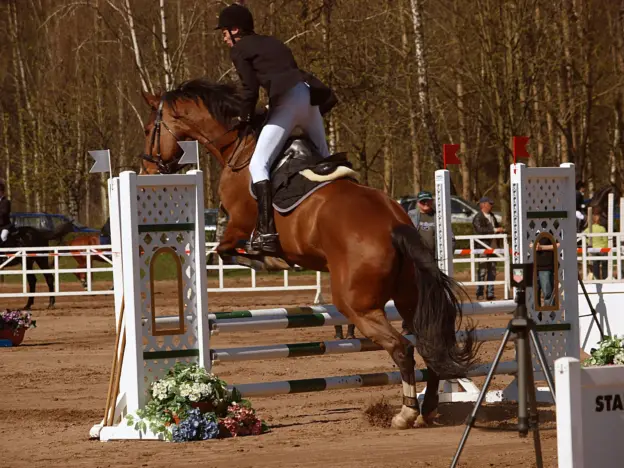Intro
Traditionally, horse breeding in Latvia was to develop three specific types of animals, a draft type, a sport horse and a light riding horse.
Origins
Sport Horses have been developed in Latvia since the 17th century, based on the local native breed which are descendants of the ancient Tarpan. Officially recognized in 1952, they were solid horses and used to improve other breeds in the then Soviet Union.
Early in the 20th century the Okte State Stud Farm was established and became the cradle of riding horse breeding in Latvia. The best mares from around the country were selected, along with Oldenberg mares and crossed with stallions from the Riga Stud. In 1925 the Svētciems State Stud Farm was established to focus on sport type animals. Using military mares (a blend of Thoroughbred, Arabian and Trakehner), along with some Hanovarian and Meklenburg from Germany.
Independent Latvia
After the dissolution of the Soviet Union, state studs were liquidated and some locals were able to acquire them. A good sport horse was still useful to private breeders who continued to produce them. Due to the lack of centralized studs, breeding can be found in pockets, making it more difficult for herds to prevent inbreeding. When needed, Oldenburg studs are brought in for fresh genetics.
Features
Average height 16-17 hands
Physique
Typical sport horse characteristics
Traditional Colors
Solid colors
Temperament
Energetic and intelligent
Many sport breeders breed for solid temperament
Use
Sport
Riding
Dressage
Jumping
Eventing
